GreyShuck
- 427 Posts
- 30 Comments

 2·4 days ago
2·4 days agoThere is plenty of scope for small-scale improvements - and they can be very effective. I don’t have any data to hand on exactly what would be the most effective per sq meter or anything like that, but I wouldn’t mind betting that planting flowering plants that act as a food source for insects and are in flower for as much of the year as possible would be near the top. This can be done at any scale - from pots on a balcony to a full-blown wildflower meadow instead of a lawn.[

 3·7 days ago
3·7 days agoYes, but this is in a specific nature reserve. Good conservation management for wildlife in reserves has been shown time and again to work extremely well - and can counteract declines due to poor weather and even climate change to some extent - in those specific areas.
However, there are nowhere near enough nature reserves around to counteract the overall decline nationally or internationally. If we just stick with what we have, they will at best become ‘wildlife ghettos’. Rewilding much, much larger areas might go someway towards reversing declines, but it’s clear that we need to deal with climate change too.

 2·9 days ago
2·9 days agoYes, and not only hedgehogs. At my workplace a couple of days ago there was a brown long-eared bat which had unfortunately drowned in a smooth dog-bowl, probably whilst trying to get a drink in the hot weather. We are now making sure that there is a stone kept in the bowl so that any wildlife can get out of the water.

 3·14 days ago
3·14 days agoYes, I was in two minds about posting it for this reason, but decided to in the end because of that.

 1·15 days ago
1·15 days agoI used to use Connect - moved to Voyager, which I found to have more useful features, but still have it on my phone. I have just taken a look and Connect shows me the name of the server as well as the community - so I don’t know if that is an option somewhere in the settings.
However, yes, I am aware that the name of the community does appear simply as ‘nature’ in some cases. There isn’t much I can do about that, as I didn’t set it up.
Still, my original comments stand. The idea that I and everyone else should specify that each story is related to the UK - in a community that is specific to the UK - and would need to editorialise titles and content to do so (which would definitely draw negative comments) is unreasonable. And would that be sufficient for everyone? There are certainly people, for example, who are confused by entities like the UK, England, Great Britain etc and are not aware of how they relate to each other.
I usually browse by subscribed, but if I should choose to browse by all then there are always a scattering of stories that I know nothing about. I wouldn’t expect that every one of those should include a wiki guide to the subject in question. I would expect that I would need to look it up myself.

 1·15 days ago
1·15 days agoWell, it is posted in the UK Nature and Environment community on Feddit UK. I don’t know what you are using to browse with, but everything that I have used on mobile or laptop shows me which community an item is posted in at the very least, so that it was in the UK should have been reasonably clear, I would have thought.

 2·15 days ago
2·15 days agoThe following is not a criticism of you or anyone else - we all started somewhere, and I would always encourage learning. However, a couple of points to consider:
it takes TO 5 seconds
I think a little longer than 5 secs to find a suitable link, copy that link and format it for Lemmy, and then make it clear that this was not part of the original story, but the main point is that virtually every link that I post to this community mentions some area of the UK. Is it realistic that I (and others) should then either embed a link to info for each one of those locations, or separately write some summary info on each one? If not every one, then where would one draw the line? Caithness in this case, but Cumbria, Dorset, Kinder Scout and Montrose Basin have each featured in recent items that I have posted - and hundreds of other places before them. Which should I expect a significant number of people who are interested enough to be following stories in the UK Nature and Environment community not to have heard of?
And much the same is true of peat. Inevitably, any related story could be the first time that someone somewhere will have heard of peat, but it is not exactly a niche subject: it has been in the headlines for both wildlife and climate change in the UK and elsewhere for a good few years now (decades, at least, in relation to wildlife) and it seems reasonable to expect that the vast majority of readers of items in the UK Nature and Environment community will be aware of peatland. And if I do include a link to more info on that, should I also do so for other habitats in other links? Chalk streams? Lowland Heath? Woodland? Meadows? Again, how could I realistically draw the line?

 2·15 days ago
2·15 days agoCaithness - county in the Scottish highlands including the most northerly mainland point in the UK.

 5·26 days ago
5·26 days agoFrom the article:
Bob Comlay, who runs the Havant Matters website, which details community concerns, and who is also vice-chair of the Solent Protection Society, said construction work to build the plant on the former landfill site risked contaminating groundwater which would flow into the Solent. There are also concerns about the environmental impact on the marine ecology of rejected contaminated water discharged into the sea.
He said a Thames Water desalination plant which used the same technology had been mostly inactive since it was opened. “This is a vanity project,” he said. “It will be a white elephant.”

 3·28 days ago
3·28 days agoWay back in the day it used to be Cinema City in Norwich: the only art-house one in the city and where I ‘learnt’ cinema. It was great.
These days, I live between three small town cinemas in Suffolk, and they are all good in their own ways.
The Riverside in Woodbridge often has a talk about the film or maybe even an interview with the director or one of the cast etc on stage afterwards. Aldeburgh Cinema is run by a charity, shows a good few NT live events and local films and also has a documentary fest each year, and Leiston Film Theatre is, as they say on their site, the oldest purpose built cinema in the county (110 years now), and had the advantage for a while of being about 150m from our back gate. It is the most commercial of three in terms of programme, but still has some interesting stuff.

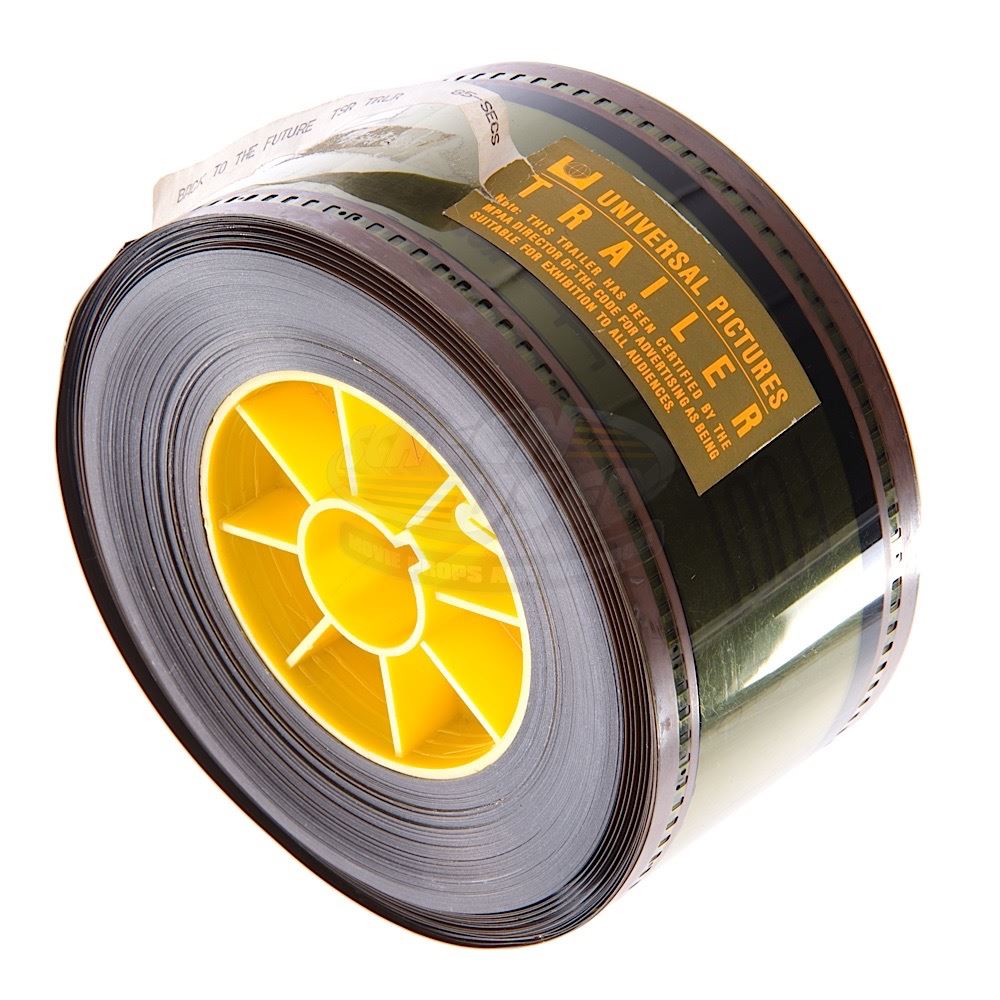 3·30 days ago
3·30 days agoHe has been involved to the extent of commenting on the “shortage of dwarves”, but otherwise seemed fairly supportive IIRC.
I am torn. One the one hand I automatically expect it not to be a patch on the original, but on the other, there are several people involved who I enjoy, and I must say that the trailer does seem to have hit the right notes.
I am definitely going to give it a try.

 2·1 month ago
2·1 month agoIt was one of the first conservation tasks that I ever did - also in Norfolk, as it happens.
There is a knack to it and there certainly are safety considerations - especially around sharpening them - but you really have to be doing something profoundly wrong to get anywhere near your own ankles.
It is very satisfying once you get the hang of it though.

 28·1 month ago
28·1 month agoThe tories have been incumbent for 116 years in my neck of the woods (the previous one was a whig). The surveys say that is likely to end this time. I am sooo looking forward to that.

 12·1 month ago
12·1 month agoAn interesting point, but I don’t think that is as clear cut as you suggest.
The article mentions swift boxes, for example. Swifts, of course, return to the same nests each year anyway. There is a specific parasitic louse that is present in most swift nests, as I understand - but they appear to tolerate the parasitic load regardless.
Bats, on the other hand, reduce parasite buildup by moving from one roost to another across the year - but they will reuse the same roosts and hibernaculae in subsequent years.
I’m not sure exactly what they mean by insect bricks either, but assuming that it something like bee hotels, well, I am not very familiar with these overall, but having watched the red mason bees on the south side of my home for the last couple of years, they certainly seem to be using the same holes more than once.
The critical thing, overall, will be whether they use designs that have been developed by organisations who have done their research - of which are many available, that they have trying to get the building industry to use for a good while now - rather than simply greenwashing gimmicks.

 5·2 months ago
5·2 months agoThey are extraordinary aren’t they? Really lucky to have them in your garden.

 2·2 months ago
2·2 months agoI’d say they probably were adders if you caught them basking on the path. In general grass snakes are more common, but they typically get out of the way at the slightest disturbance, so all you usually see of them is their tails vanishing in to the undergrowth. Adders aren’t as quick off the mark, so are more often seen on paths. They prefer heathland and more open, sunny spots, where grass snakes go for longer grassy areas and often are near water.
That is assuming that it was actually a snake. Slow worms are often mistaken for snakes and will also spend time basking on tracks. They are usually much lighter in colour and have a smooth pale, metallic bronze look.
Adders are more obviously scaled and are a deeper grey or brown colour with a very distinctive dark zigzag pattern on their backs.
They almost certainly won’t have been smooth snakes or anything else though.

 3·2 months ago
3·2 months agoHmm - that’s Yahoo for you. I try to avoid it as mush as possible. I couldn’t find the same piece elsewhere at the time, but a month on this looks like the same article..
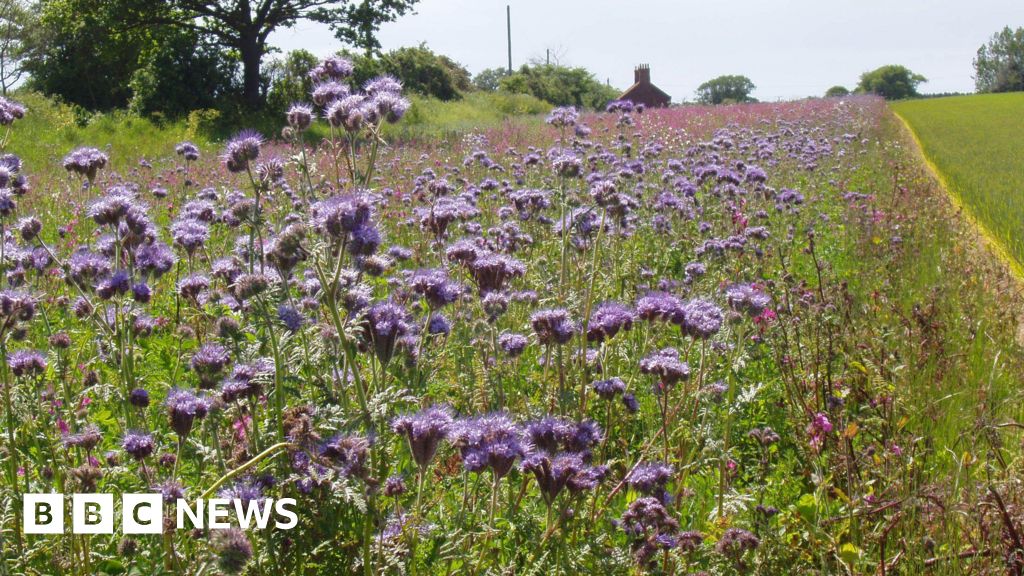
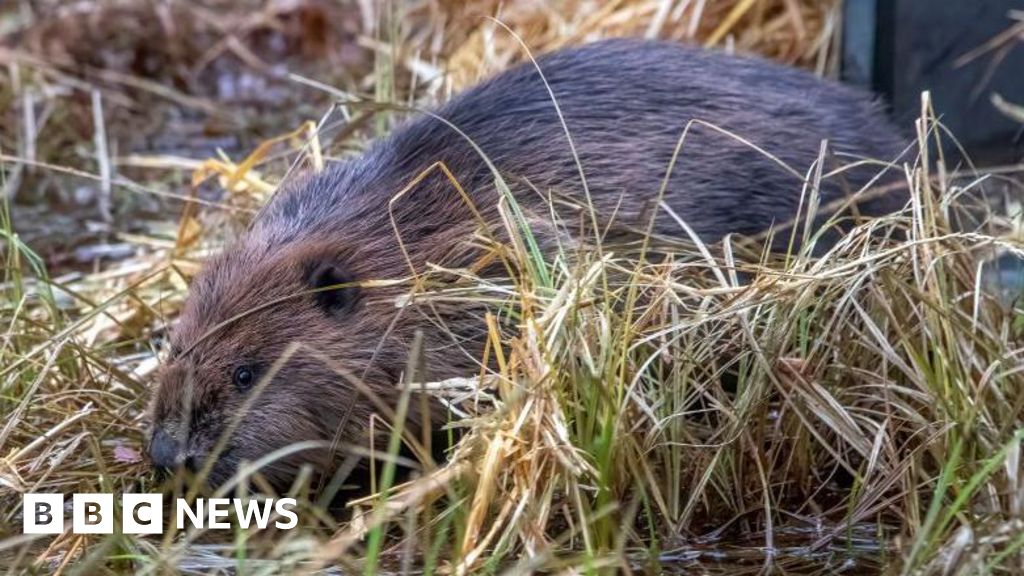

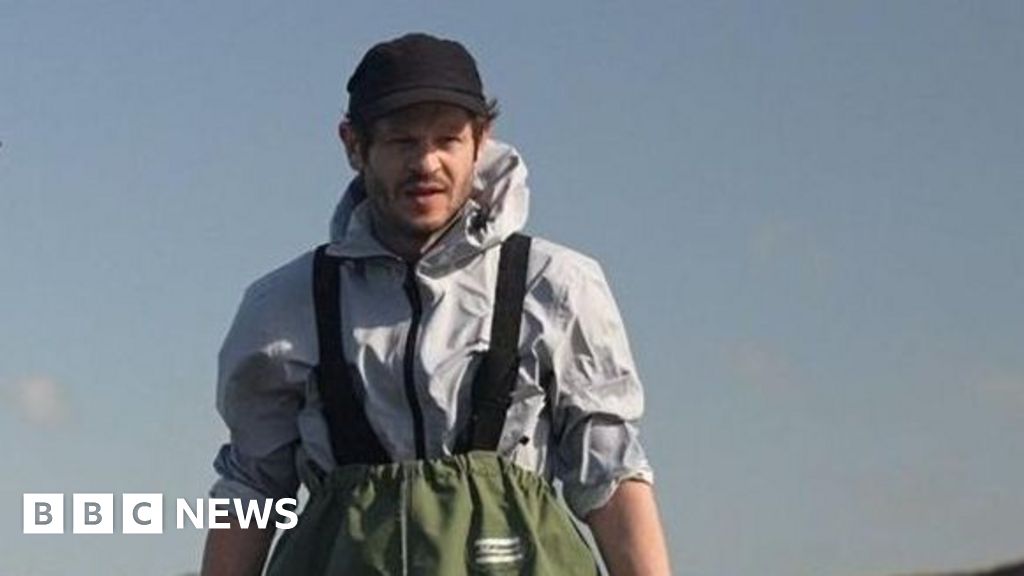
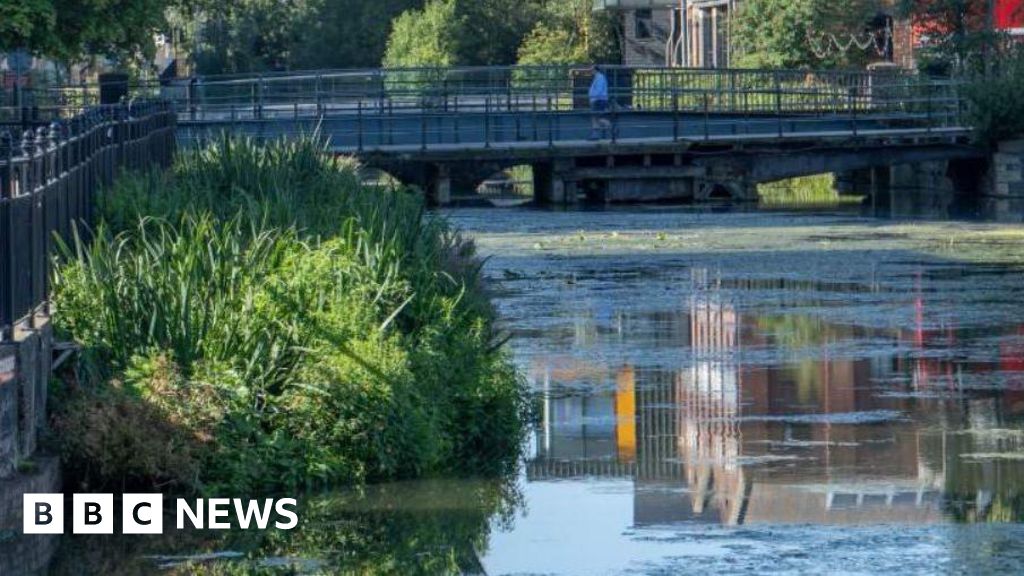
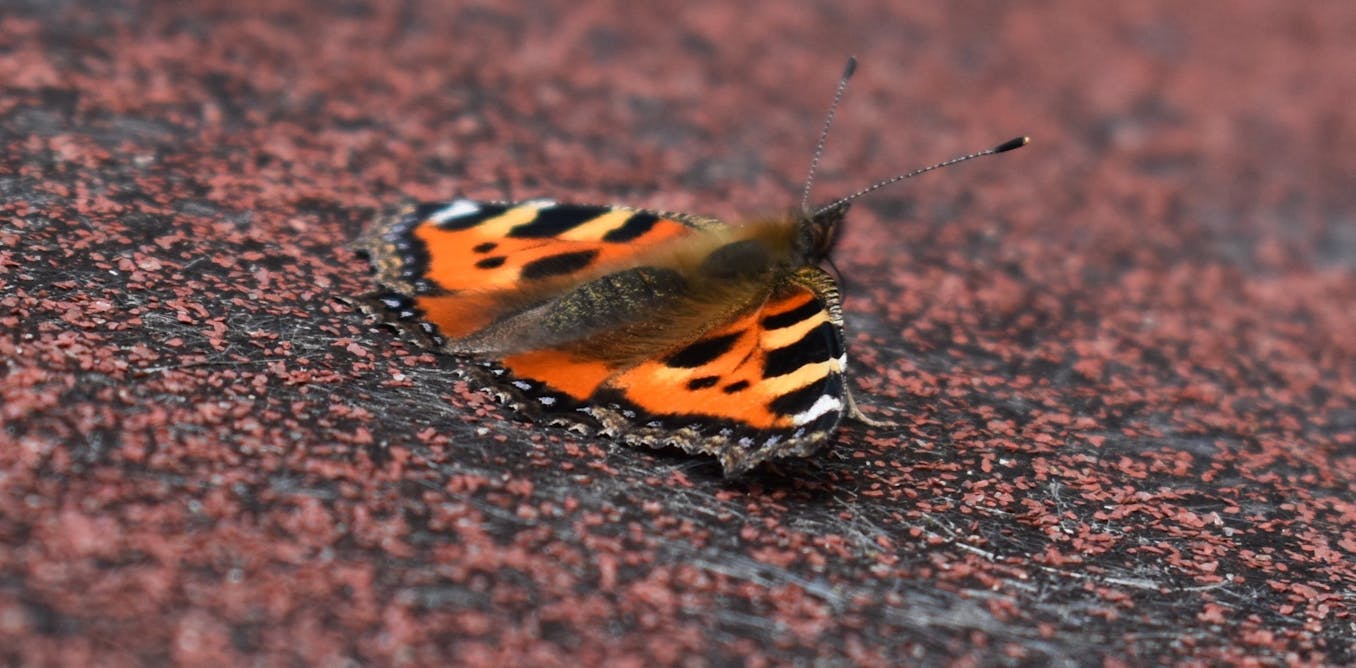
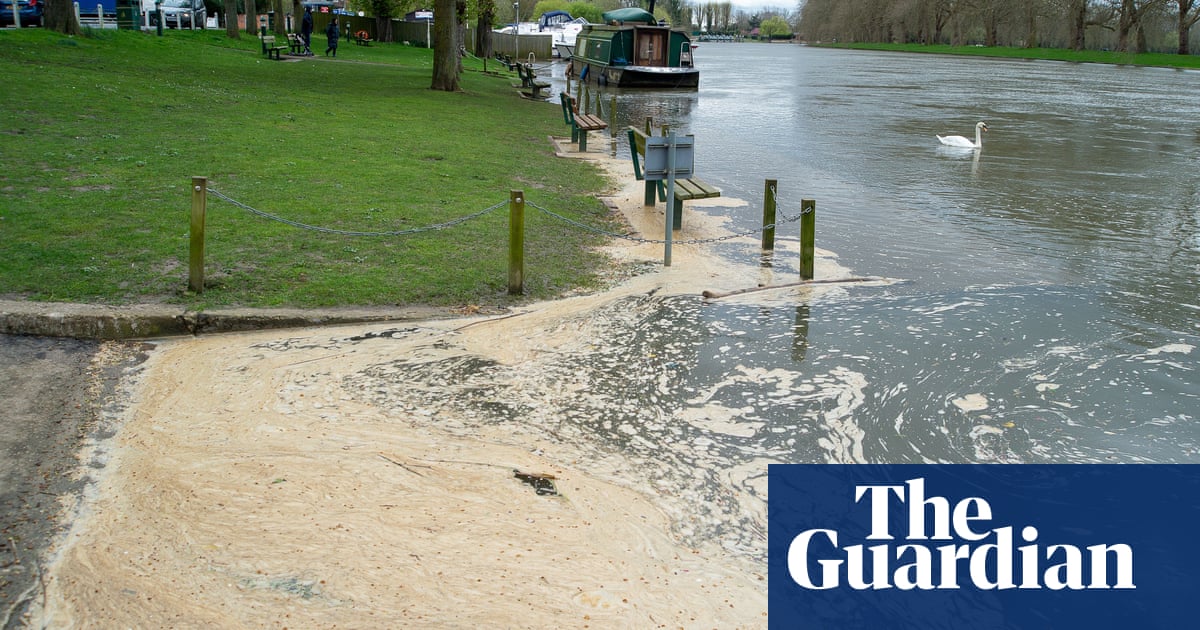
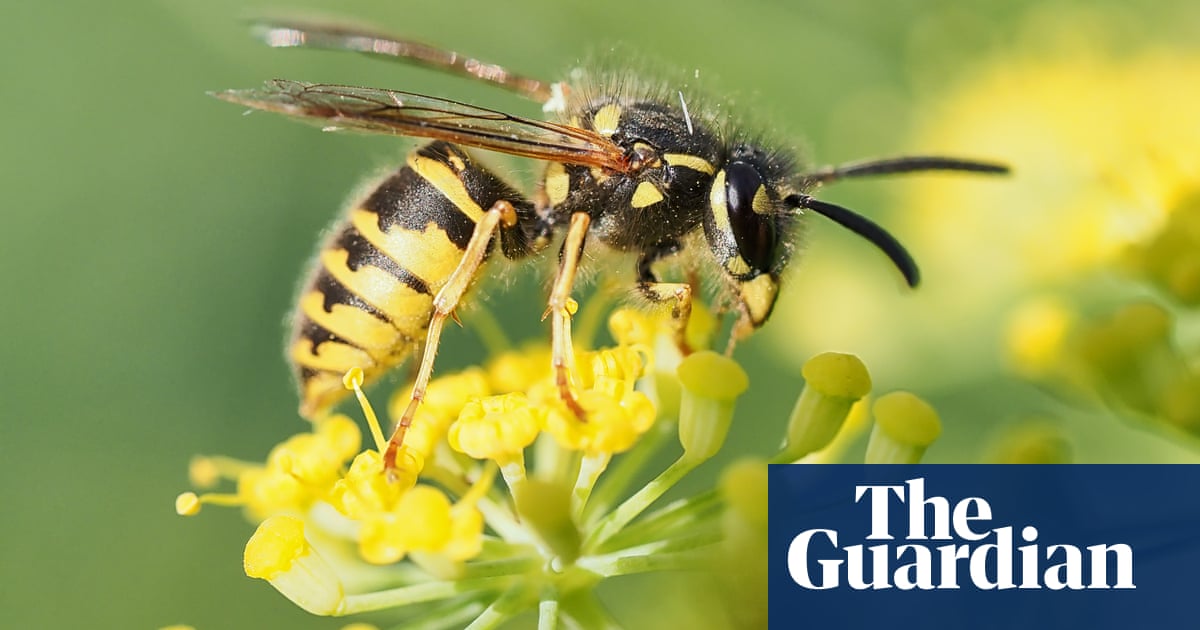
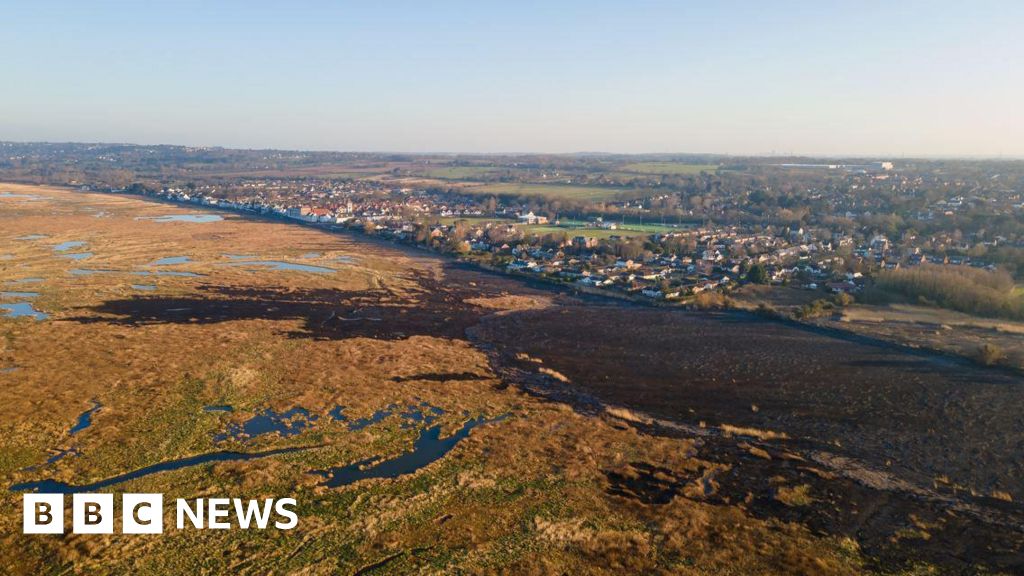

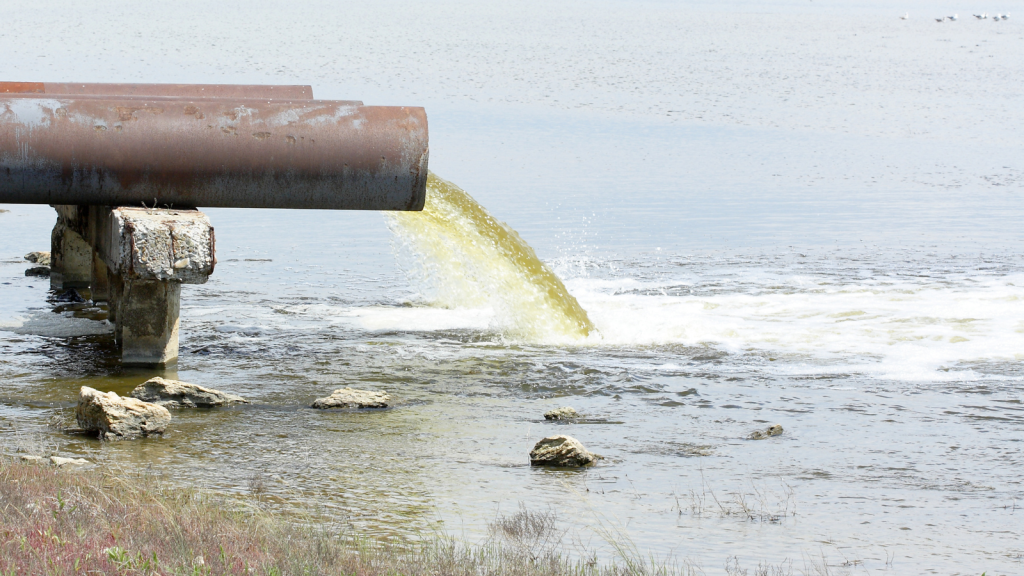
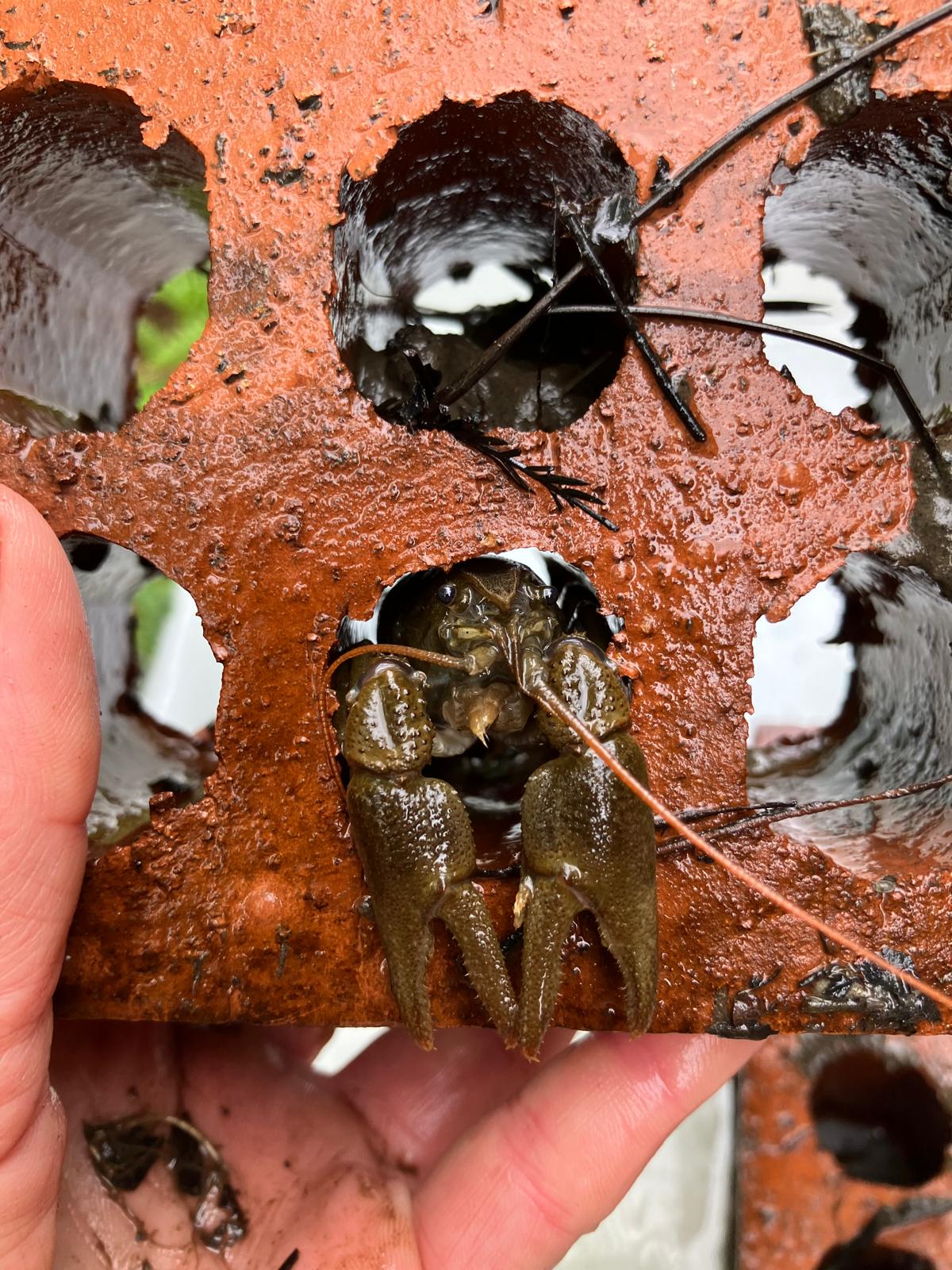
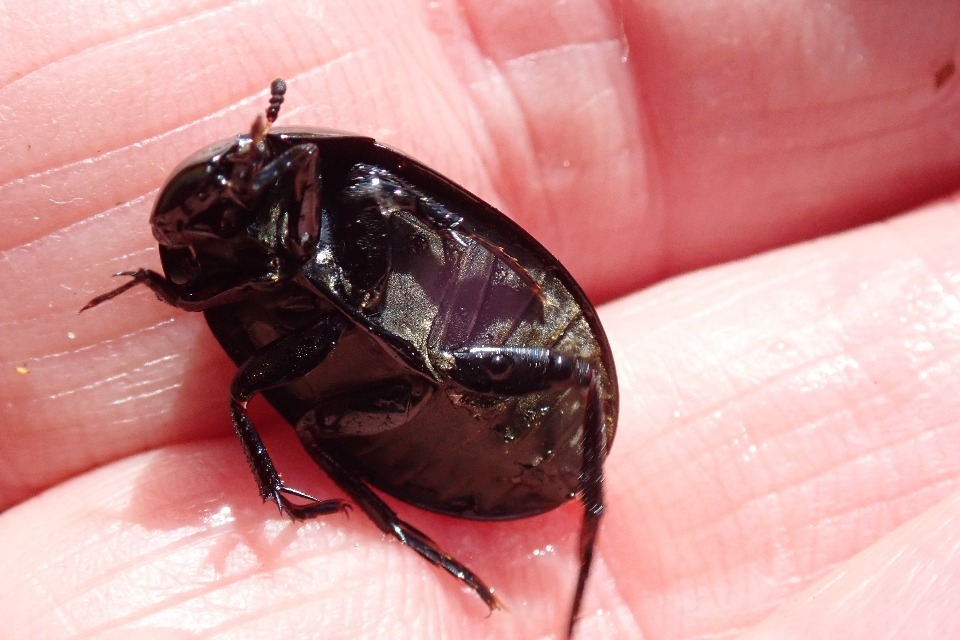
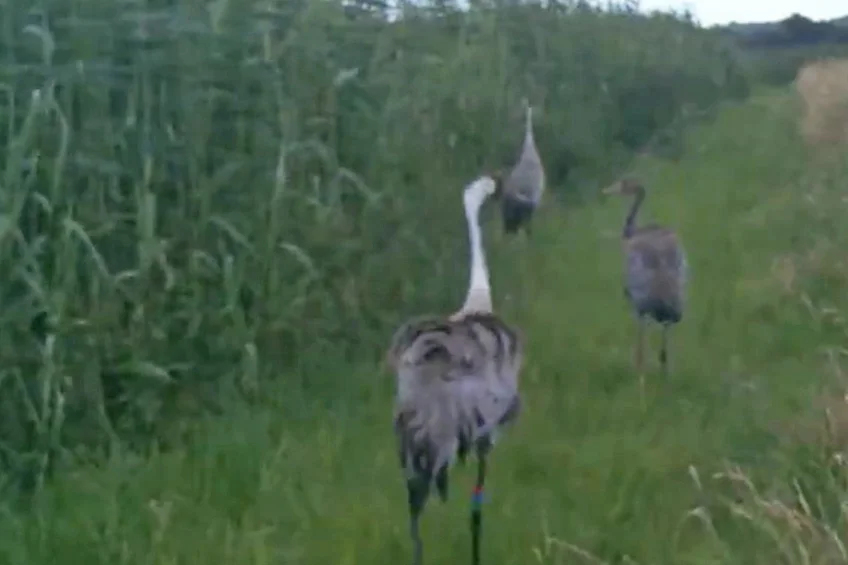
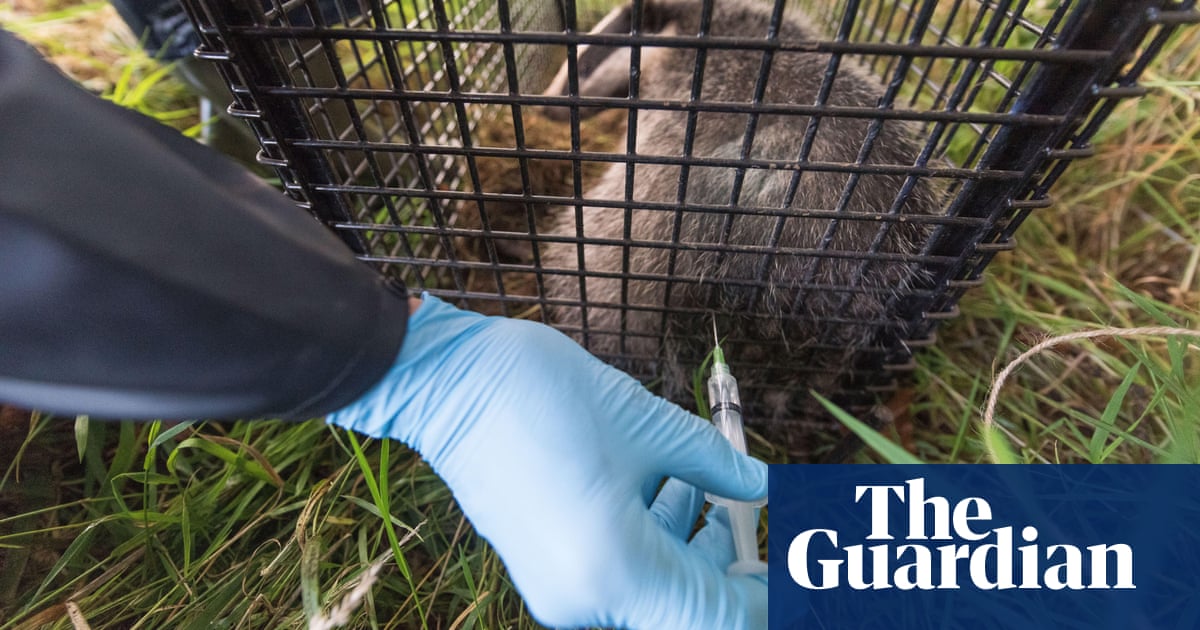


Eupean bison (Bison bonasus) it seems. More about them here.